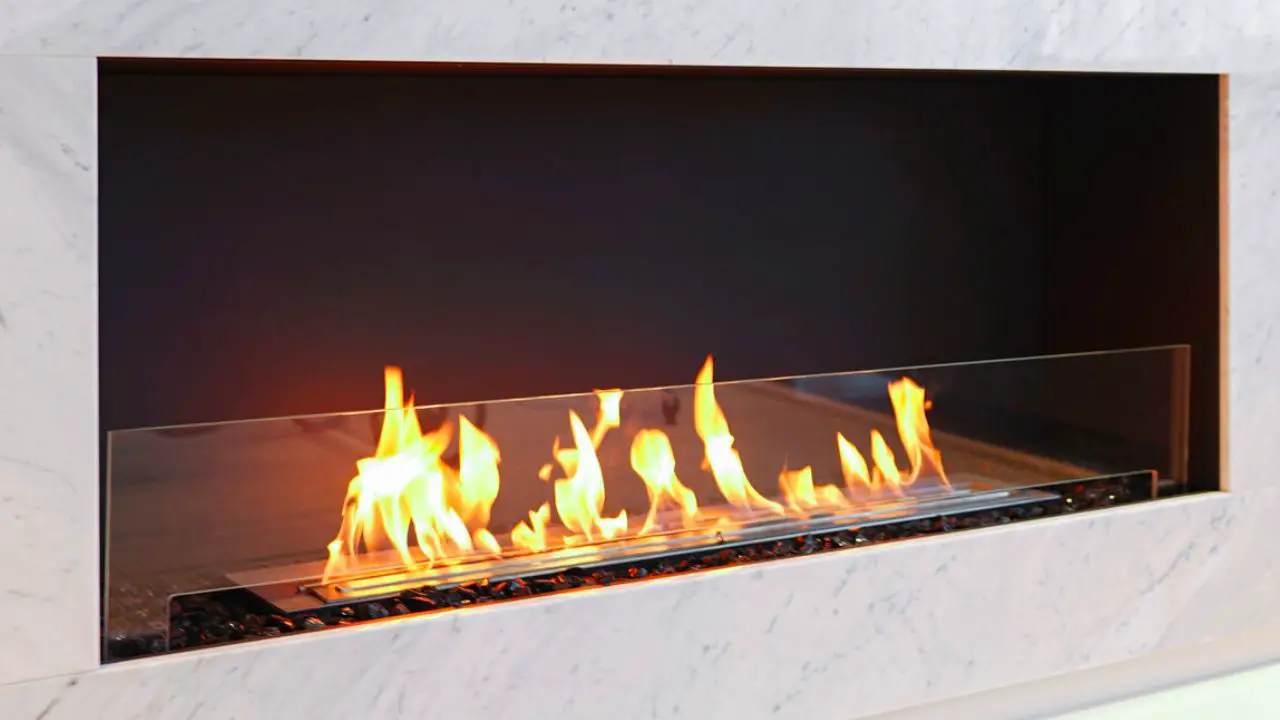Why Using a Bio-Ethanol Fireplace is Environmentally Friendly

Fireplaces have been a source of warmth and comfort for homes for centuries. However, traditional fireplaces can be detrimental to the environment, releasing pollutants into the atmosphere.
As society becomes more environmentally conscious, people are seeking alternative options for heating their homes. One such alternative is a bio-ethanol fireplace. In this article, we'll explore what a bio-ethanol fireplace is, how it works, and why it's an environmentally friendly option for your home.
What is a Bio-Ethanol Fireplace?
A bio-ethanol fireplace is a type of fireplace that burns ethanol, a renewable biofuel made from plant materials such as corn, sugarcane, and potatoes. Unlike traditional fireplaces, which require wood or gas, bio-ethanol fireplaces do not produce smoke, ash, or soot.
They also do not require a chimney or flue, making them easy to install in any room.
How Does a Bio-Ethanol Fireplace Work?
Bio-ethanol fireplaces work by burning ethanol fuel in a stainless steel burner. The burner is filled with the fuel and lit with a lighter or match. The flame produces heat and creates a cozy ambiance, just like a traditional fireplace.

Bio-ethanol fireplaces come in various designs, from tabletop models to wall-mounted units, making them a versatile option for any home.
Benefits of Using a Bio-Ethanol Fireplace
Using a bio-ethanol fireplace has numerous benefits, both for the environment and for your home. Here are some of the top benefits:
1. Environmentally Friendly
Bio-ethanol fireplaces burn a renewable fuel source that produces minimal emissions, making them a much more environmentally friendly option than traditional fireplaces.
They do not produce smoke, ash, or soot like Log Burners and they emit only a small amount of carbon dioxide and water vapor. Additionally, the plant materials used to produce bio-ethanol are grown specifically for fuel production, reducing the strain on other natural resources.
2. Energy Efficient
Bio-ethanol fireplaces are highly energy efficient, with most models boasting a heat output of 2-4 kW. Because they do not require a chimney or flue, all of the heat produced by the flame stays in the room, making them a much more efficient heating option than traditional fireplaces.
3. Easy to Install
Bio-ethanol fireplaces are incredibly easy to install, requiring only a flat surface and a source of fuel. They do not require any ventilation, and they can be moved from room to room, making them a versatile option for any home.
4. Safe to Use
Bio-ethanol fireplaces are safe to use, with most models featuring a built-in safety mechanism that extinguishes the flame if the unit is knocked over. They also do not produce any harmful fumes, making them safe to use indoors.
Drawbacks of Using a Bio-Ethanol Fireplace
While there are many benefits to using a bio-ethanol fireplace, there are also some drawbacks to consider. Here are a few of the potential downsides:
1. Fuel Cost
Bio-ethanol fuel can be expensive, with prices ranging from £3-£5 per litre. However, because bio-ethanol fireplaces are highly efficient, they require less fuel than traditional fireplaces, so the cost may even out in the long run.
2. Heat Output
While bio-ethanol fireplaces are efficient, they may not produce enough heat for larger rooms or homes. It's important to choose a model with an appropriate heat output for your space.
3. Flame Size
Bio-ethanol fireplaces may not produce the same size flame as a traditional fireplace, which may be a downside for some people who enjoy the look of a larger flame. However, some models do offer larger burners for those who prefer a bigger flame.
Tips for Using a Bio-Ethanol Fireplace
If you decide to purchase a bio-ethanol fireplace, here are some tips for using it safely and effectively:
1. Choose a High-Quality Model
Invest in a high-quality bio-ethanol fireplace from a reputable manufacturer. Look for models with:
- Built-in safety mechanisms
- Adjustable flames
- Easy-to-use controls
2. Use Only High-Quality Fuel
Use only high-quality bio-ethanol fuel in your fireplace. Cheap or low-quality fuel can produce harmful fumes and may damage your burner.
3. Follow Manufacturer's Instructions
Always follow the manufacturer's instructions for using and maintaining your bio-ethanol fireplace. Improper use can be dangerous and may void your warranty.
4. Keep Children and Pets Away
Never leave your bio-ethanol fireplace unattended, and keep children and pets away from the flames. The fuel can be highly flammable, and the flames can be dangerous if not properly controlled.
Conclusion
In conclusion, a bio-ethanol fireplace is an environmentally friendly, energy-efficient, and safe option for heating your home. While there are some potential downsides, the benefits outweigh the drawbacks for most people. By following the tips outlined in this article, you can enjoy the warmth and ambiance of a fireplace while minimizing your impact on the environment.

